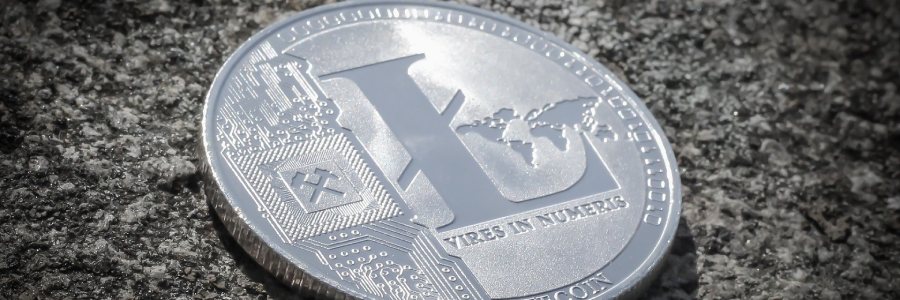Is it better or worse than the famous Bitcoin? Is it a safe technology? This beginner‘s guide is a must read if you have just started to explore the Litecoin space.
Litecoin (LTC оr Ł), a peer-to-peer cryptocurrency, was released in 2011 by the former Google Engineer Charlie Lee. Litecoin is pretty similar to Bitcoin. It is basically an extension of the Bitcoin code, because the creator of Bitcoin, an unknown person going by the alias of Satoshi Nakamoto, had made the code public. For this reason, coins like Litecoin are frequently called “altcoins”. Listening to the founder of Litecoin, he has got some big ideas for his altcoin:
“I believe that cryptocurrency will take over fiat currency and become the reserve currency.”
Since it hit the market, its growth has been remarkable. According to Forbes, it hit its peak in December 2017 when a single coin cost $360.93. Costing only $4.40 the previous year this meant, it saw an 8200% increase in value. Two years later and a coin is worth about $45 (December 2019).
Is Litecoin better than Bitcoin?
Both coins are cryptocurrencies and share a similar basic structure, relying on crypto networks. Due to its similarity to the original Bitcoin, Litecoin is frequently called the “silver” as opposed to Bitcoin being called the “gold.”
For many users, Bitcoin is the original cryptocurrency, which has maintained its status as the most popular coin. Released in 2009 Bitcoin was designed as an alternative currency, which used blockchain technology to supposedly increase the security in financial transactions.
However, Litecoin uses a different blockchain. This difference allows it to have a faster transaction or transfer speed. While the Bitcoin network processes transactions roughly every 10 minutes, it is possible to complete the same operation in about 2.5 minutes using Litecoin.
Is it safe?
Nobody rightfully owns the network in the same way that no one owns the technology behind email. It is controlled by the users around the world. While everyone has the freedom to improve the software, developers can’t force a change in the protocol because all users are free to choose the software and version they want to use.
To stay compatible with each other, all users are compelled to use software with identical rules. It can only work correctly with a complete consensus among all users. Therefore, all users, as well as all developers, have a strong interest in protecting the status quo.
Could one single dishonest miner alter the block and spend the same coin twice? The answer is pretty simple: No. The miners would detect the scam instantly. Manipulation is only possible through 2 methods: A miner with criminal intent could try to get a majority of miners to agree to process a false transaction.
The other method would be to have enough computing power to surpass the whole network. Remember the majority of miners uses specialized hardware because a commonly used computer is nowhere near fast enough to complete the task. Not even the most modern super-computers have enough power to achieve this yet. For that reason, both options are practically impossible.
How many Litecoins exist?
There will be exactly 84 million coins in the future. Right now there are 6,895,357 in circulation (May 2021). It will be a long time before all the coins will have been produced. The Litecoin Foundation estimates that this will happen in the year 2142. Mining is, because of the reward system, for successful miners.
When the network first started, every miner capable of producing a new segment of the Blockchain, was rewarded with 50 coins. However, since then rewards have decreased dramatically because they halve every 840,000 blocks. The last time this has happened was on August 5, 2019. Since then miners have only received 12.5 coins for fulfilling their tasks. The next halving is expected to take place on August 6, 2023.
